Food boredom is a very real thing. I see it over and over again with people trying to eat a real food, plant-centered diet. People want to improve their health so they buy a bunch of vegetables and protein, then are eating raw veggies or steamables with their protein over and over and over again. Within 2-3 week they are bored and find themselves dining out more and more.
The secret to preventing healthy eating boredom is to learn how to use herbs and spices in your cooking. Most people want to be 100% perfect and think the only way to go is fresh herbs. While fresh herbs definitely rock, I’ve had mine go bad on many occasions before I get to them a second time. So for the most part, I stick to the dried stuff.
How to Build Your Herb and Spice Collection
Let’s be real, most people don’t have the spending money to invest $60+ in the entire spice rack all at once. And you know what? That’s okay!! Here’s what I recommend instead.
Number 1, invest in the 5 or 6 you’ll use the most.
From there, buy 1 or 2 every time you go the to grocery store. Let’s have a plan though. What do you cook the most? Italian? Mexican? Thai? All American Steak, burgers, and chicken? Pumpkin spice? Whatever it is, invest in that group of spices first.
Once you get home, here’s the trick to actually using them…you have to make it easy! How do you do that? Group them by the type of food you use them with. I use the same groupings I listed above as my guide. So here’s what I have:
The Basics
- Sea Salt
- Garlic Salt
- Onion Powder
- Cumin
- Basil
- Italian Seasoning
Italian
- Basil
- Oregano
- Thyme
- Bay leaf
- Parsley
- Sage
- Rosemary
- Marjoram
- Sumac
- Mint
Mexican
- Cayenne
- Cilantro
- Chili powder
- Paprika
- Chipotle
- Cumin
Thai
- Cilantro
- Mint
- Thai Basil
- Coriander
- Garam Masala
- Cayenne
- Turmeric
- Black pepper
- Cinnamon
- Cardamom
- Cumin
- Mustard seed
American
- Mustard
- Pepper
- Garlic
- Onion
- Caraway
- Dill
- Fennel
- Chives
Pumpkin Spice
- Allspice
- Cinnamon
- Nutmeg
- Ginger
- Cloves
Oh yes, pumpkin spice deserves its own list. Now, you may notice in your cooking that many spices overlap between different cuisines. I find this to be extremely handy. I organize my spice rack by the above categories and keep the ones used the most in the front and available.
When to toss and how long to keep
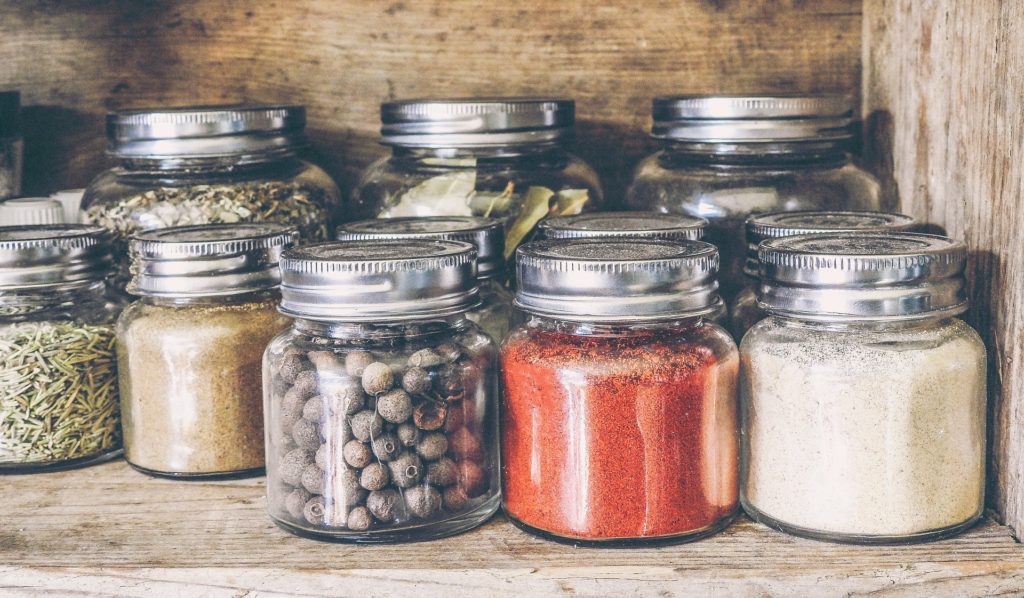
Often times, before we’re in the kitchen daily (or at least several times per week) our spices stay in their places for years (sometimes many, many years). As time goes on herbs and spices do eventually lose their flavor. Many people find they are disappointed now that they are trying new recipes because they taste bland or even weird. This is probably because the herbs and spices are old. So here’s the deal, let’s toss everything that we know is old and replace them. Here’s a quick guide:
- Dried, Leafy Herbs- 1 to 3 years
- Ground Spices – 3 to 4 years
- Whole Spices – 4 years
- Seasoning blends: 1 to 2 years
- Seeds: 2 to4 years
- Extracts: 4 years (except for vanilla, which will last forever)
Storage
So we buy all these amazing herbs and spices, now how do we make them last? They must be kept in airtight containers, away from heat, moisture, and direct sunlight. This means they cannot be kept next to your fridge, drawers under the stovetops, or open shelving. While all of these seems like awesome ideas on Pinterest and Facebook, if you do them you’re basically throwing your money down the drain. Everything will go bad quickly. Instead, keep in them in a cabinet, close but not too close to your cooking area.
No More Boredom
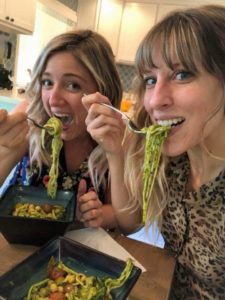 The best thing about having a vast collection is that while you may use the same produce repeatedly during each season, you’ll never get bored! You all know how much I love food. I wouldn’t love it if it was bland and boring. If you’ve been in a rut of boiled chicken, plain brown rice, and steamed broccoli with no butter or salt, it’s time to rethink health food and start enjoying the foods that love you back!
The best thing about having a vast collection is that while you may use the same produce repeatedly during each season, you’ll never get bored! You all know how much I love food. I wouldn’t love it if it was bland and boring. If you’ve been in a rut of boiled chicken, plain brown rice, and steamed broccoli with no butter or salt, it’s time to rethink health food and start enjoying the foods that love you back!
A Few Recipes To Get You Started
I believe it’s important to never provide information without what to do next. So that being said, I want to share with you my top favorite recipes that use herbs and spices. If you’ve tried them before, or do after reading this, please come back and leave a comment below letting me know what you think!

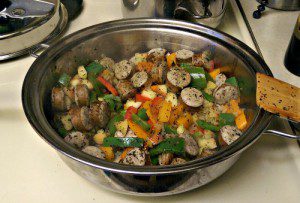
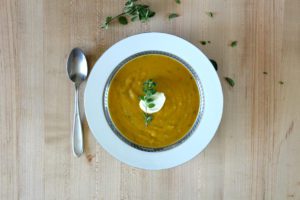
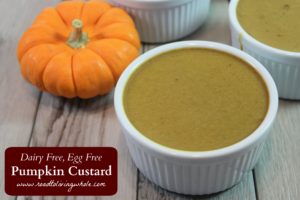
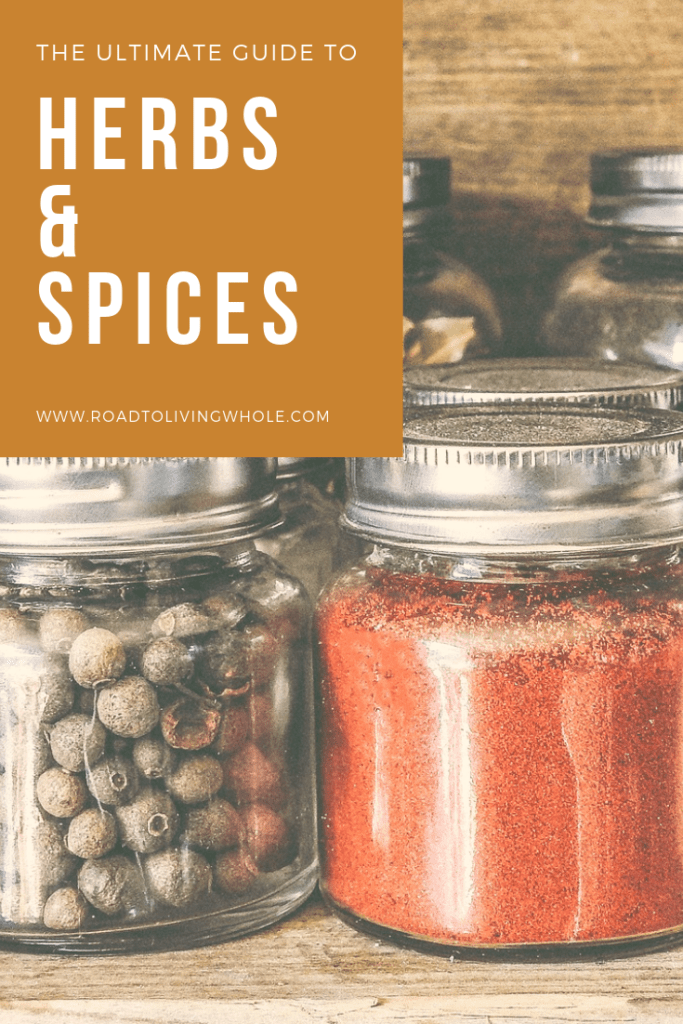









2 thoughts on “The Ultimate Guide To Buying and Using Herbs and Spices”
Yum, I love using spices in my cooking! My husband has built me a spice rack in the pantry to house them all.
I liked learning that using spices in your meals can help to prevent healthy eating boredom. My husband and I want to eat as healthy as possible over the next few months, while still having tasty meals. We’ll have to buy a lot of spices that we can include in our healthy meals to flavor them better.